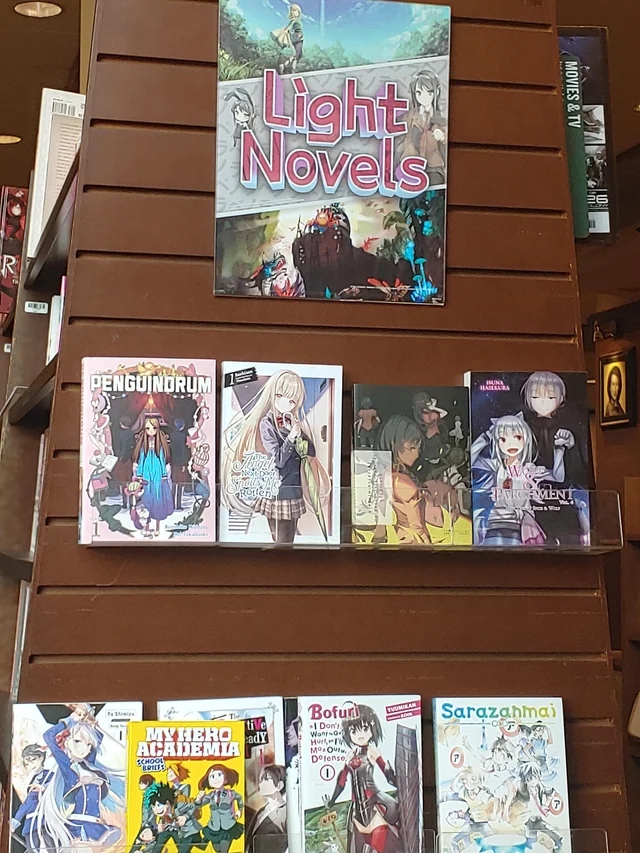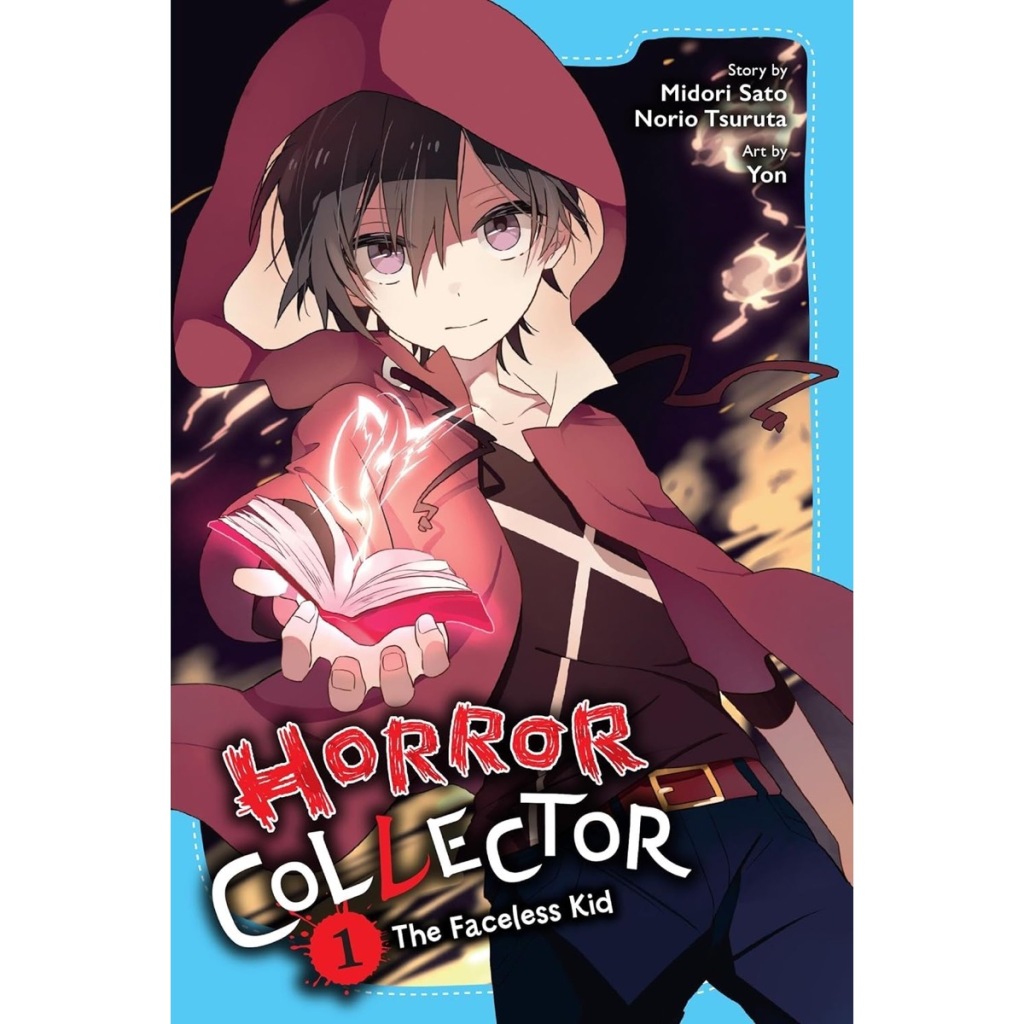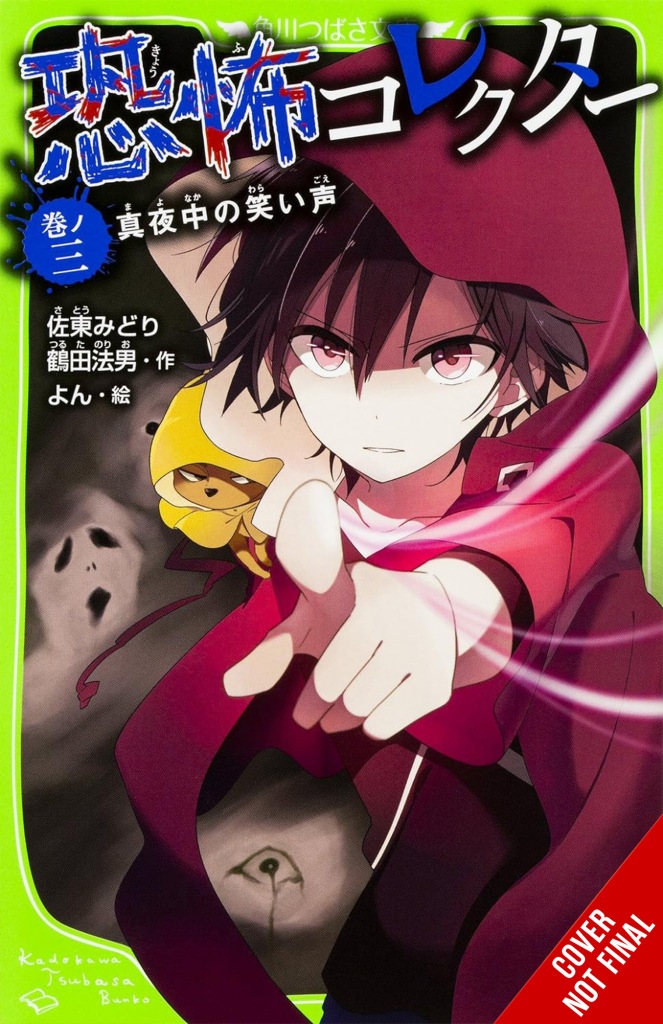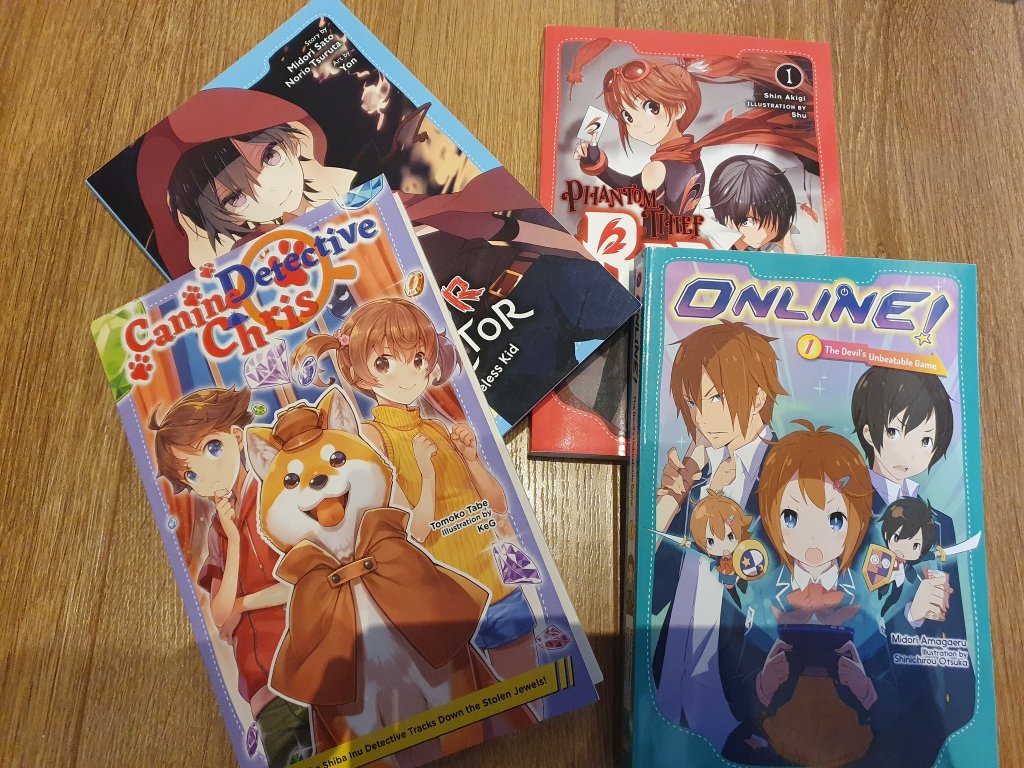
I really wish that this series had a more dynamic and appropriate title. Naming it Online, when it doesn’t really seem to involve the internet in any major way seems like a mistake. Instead this series falls into the video and death game genre, combining it with a bit of romance. Despite its misleading title and falling squarely into genres that I don’t normally enjoy, I actually had a much better time reading Online than I initially thought I would.
Online follows Mai Yashiro, a high schooler who is forced to participate in the dangerous role-playing video game Nightmare. She soon discovers that many others in her school have also been selected to explore this game world and unlock its dangerous secrets. Together with her goofy new friend Asagi, the headmaster’s headstrong son Sugiura, and her school mates she must overcome the games challenges and surprises in order to stay alive and protect those around her.
At first glance Online might seem like a generic video game/death game-based story similar to titles like Sword Art Online, Log Horizon, or Magical Girl Raising Project. While it does have some of the clichés of these types of series, it is within the details of the story that Online shines. This series benefits greatly from being well paced and exciting. There were many points in the story where I found it hard to put down my book, eagerly wanting to know what would happen next. I also like that its story focused on a female protagonist, rather than the usual male centered narratives found in most similar works. While the story of Online probably isn’t nearly as engaging for those unfamiliar with video games and does have some clichés, I found it an exciting and fast paced read.
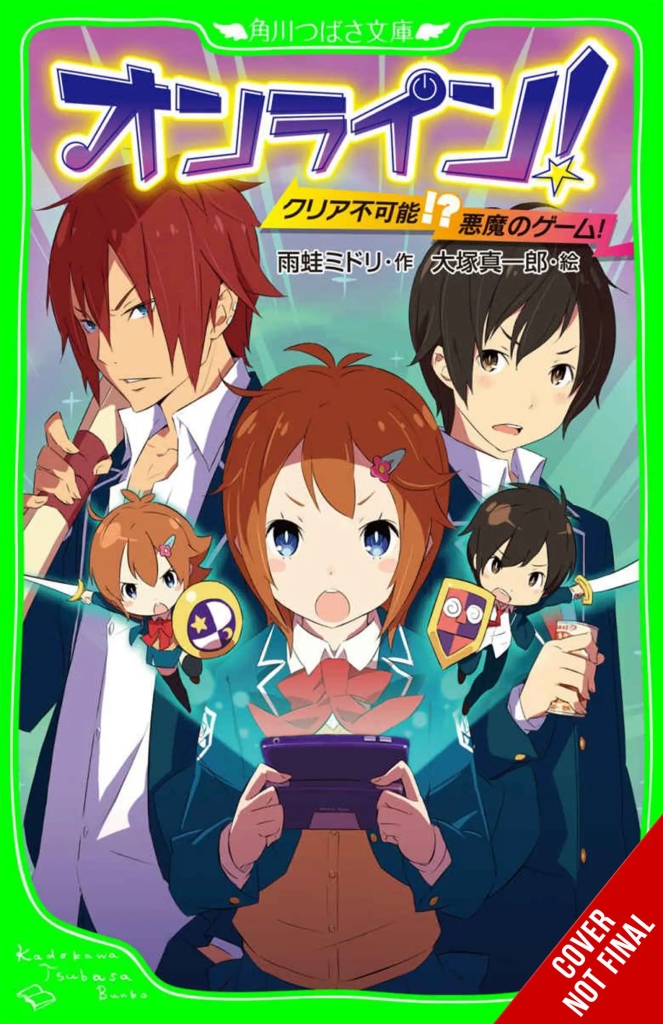
What really helps set this series apart from others though is its characters. Online has characters clearly designed to excite young female video game fans. One reason for this is that the characters in Online don’t represent power fantasy stand ins usually present in these works. This makes the characters feel more grounded in reality, and helps create a real sense of intrigue and danger.
These aspects are especially apparent when looking at Mai, the lead character. She isn’t there to be rescued or to be objects of desire for a male reader insert protagonist. While she is presented as very clever and powerful, she isn’t a badass who makes it through her struggles with ease. Her awkwardness and relationships are also core parts of her character, and were important in making her a character I could relate to and that I cared about. Likewise, Asagi, her friend and love interest is portrayed as a goof, rather than a badass. While he does want to get stronger and protect Mai, ultimately, it is working together as a team and thinking through problems that helps them both succeed. The rest of the cast, while not as fleshed out, is also given interesting personalities and quirks that set them apart such as the grumpy but capable student leader Sugiura, and the lazy but capable head of Mai’s division. Online’s characters help to create a sense of relatability that made me care about the characters and their fates, and set the cast apart from those found in other light novels.
While the characters made this work stand out from others, what brought it all together for me was Mai’s narration. The choice to use first person narration was a smart one. While not as distinct as some other light novels such as Wandering Witch: The Journey of Elaina, Mai’s narration serves two important purposes. The first thing it does is allow us to get into her head and focus on what she is feeling and thinking. This makes her development as a character more satisfying and feel more realistic, despite the high concept of the plot. Another thing that this does is make the diction seem more natural. Had Online been written in the third person its language might have felt more artificially designed for the intended younger audience. Because it is specifically designed to convey her perspective and experiences as a high schooler though the style employed feels like it fits with Mai’s voice. Online’s use of first-person narration was a very pleasant surprise, and helped me feel engaged with the story content.
Despite my initial misgivings I really enjoyed reading Online. Its surprising depth of character, exciting story, and enjoyable narrative style helped prevent it from feeling stale or overly cliché. While it is primarily aimed at female video game fans; which might make it difficult for other readers to enjoy, those who enjoy video games, especially RPG’s, will find a lot to love in Online. I’m glad I read this series with an open mind. I think that it stands out as one of the best video games based light novels I have ever read and one that is perfect for teen gamers.
